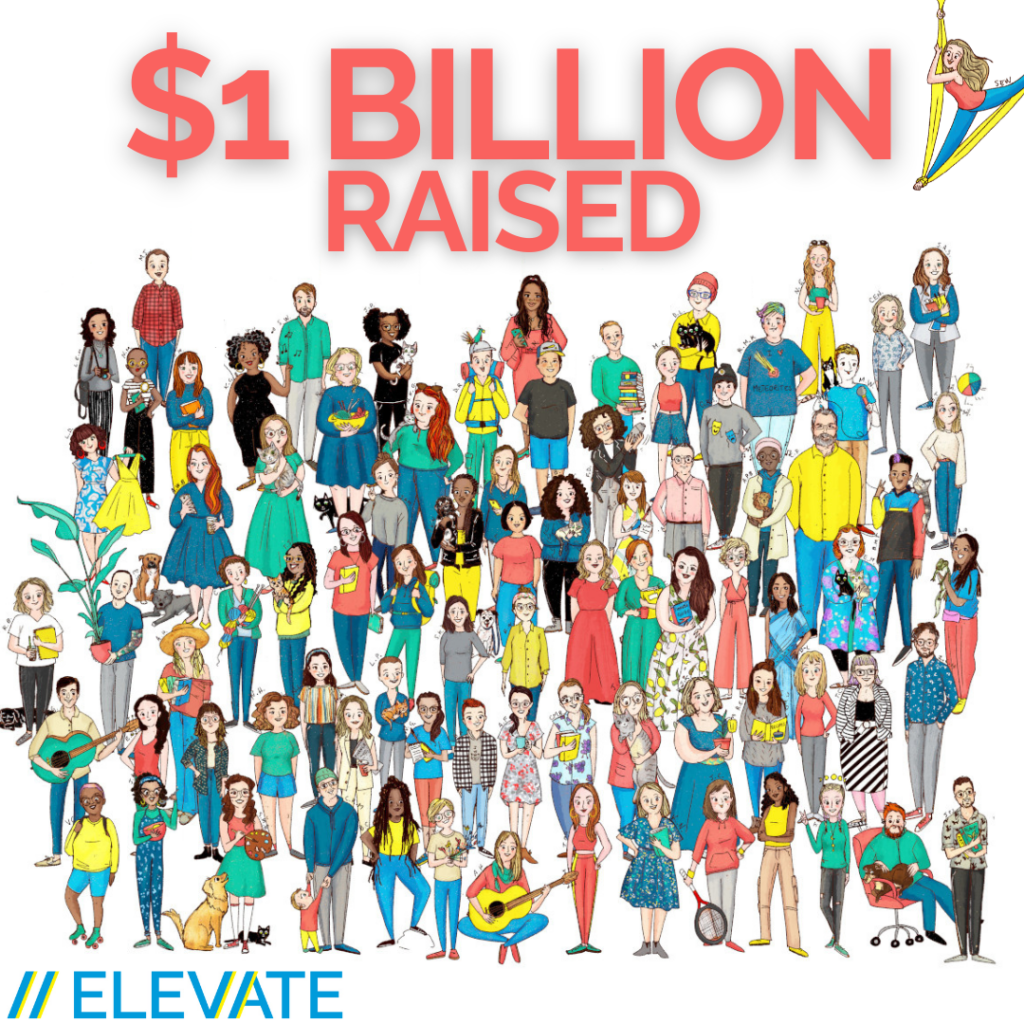April 10, 2020
As the nation’s nonprofit community responds to the urgent needs of the COVID-19 pandemic, it can be all too easy to get hyper-focused on the now: providing critical services, supporting staff facing illness and working remotely, and navigating economic upheaval.
Adding to these competing priorities, the philanthropic community and federal government have stepped up to offer emergency funding and rapid response grant opportunities. Amidst so much uncertainty, we know how tempting it can be to put long-term grants planning on the back burner.
However, we also know how important it is to begin looking forward and creating contingency plans now. Deadlines may be in flux currently, but they will be back — and it’s important to not be caught flat-footed. Elevate has been spending a lot of time planning for continuation of operations, and through that process we’ve developed four preparedness principles that also can be applied to planning for the continuation of your grants programming.
1. Anticipate Changes in Capacity
Nonprofits are no strangers to doing great work with limited capacity. The current situation threatens further strain on that capacity- including staff taking long-term leave to care for themselves or their families. Now is the time to think about how your grants program can maintain if staff are unable to work as usual. For example, Elevate is working with our staff to plan intermittent leave of one or two days per week and reprioritizing responsibilities based on that understanding.
2. Begin Planning Early
Federal grants cycles will be re-stabilizing in the upcoming months and the key to successfully preparing for your renewals or new opportunities will be advance planning. We recommend finding time to review any opportunities on your radar for the upcoming 4-6 months and developing action plans for touching base, staying aware of updates, and the process for working on the application – leaving space for creative problem solving. Then, you can adjust your plan as circumstances change.
3. Assess how you describe your work
We applaud the philanthropic sector for its overall flexibility in supporting nonprofits during this critical time: by converting programmatic funds to general operating support, streamlining applications, and extending deadlines, funders by and large have helped nonprofits answer urgent needs with the understanding that there’s a lot up in the air. However, organizations should be thinking about how their work has changed and begin preparing for how they will describe those changes to funders and their community.
4. Ask for Help
Above all else, remember that you aren’t alone in facing these challenges! As we say at Elevate, we’re all in this together. Across the world, networks are pooling resources and sharing information about best practices. Although we are practicing physical distancing, now is a great time to leverage your connections, build new ones, and think creatively about how to work together.
Elevate is available to be a partner in these efforts, especially through Writing Capacity Projects, which provide support on a project-by-project basis. These projects can supplement your capacity to maintain your calendar, help cover staff leave, or pursue large new opportunities.
Final thoughts
We know it’s not easy for every organization to carve out the time right now to do this type of long-term planning, particularly if your organization is facing an increased demand for services and/or sudden drop-offs in projected revenue or staff capacity. But to the extent that you’re able to make time for it, this type of preparation will pay off in the long-term health and stability of your organization. And if you need us in the short-term, we’re here to help.
About the Author:

Associate Vice President of Specialized Grant Services
















